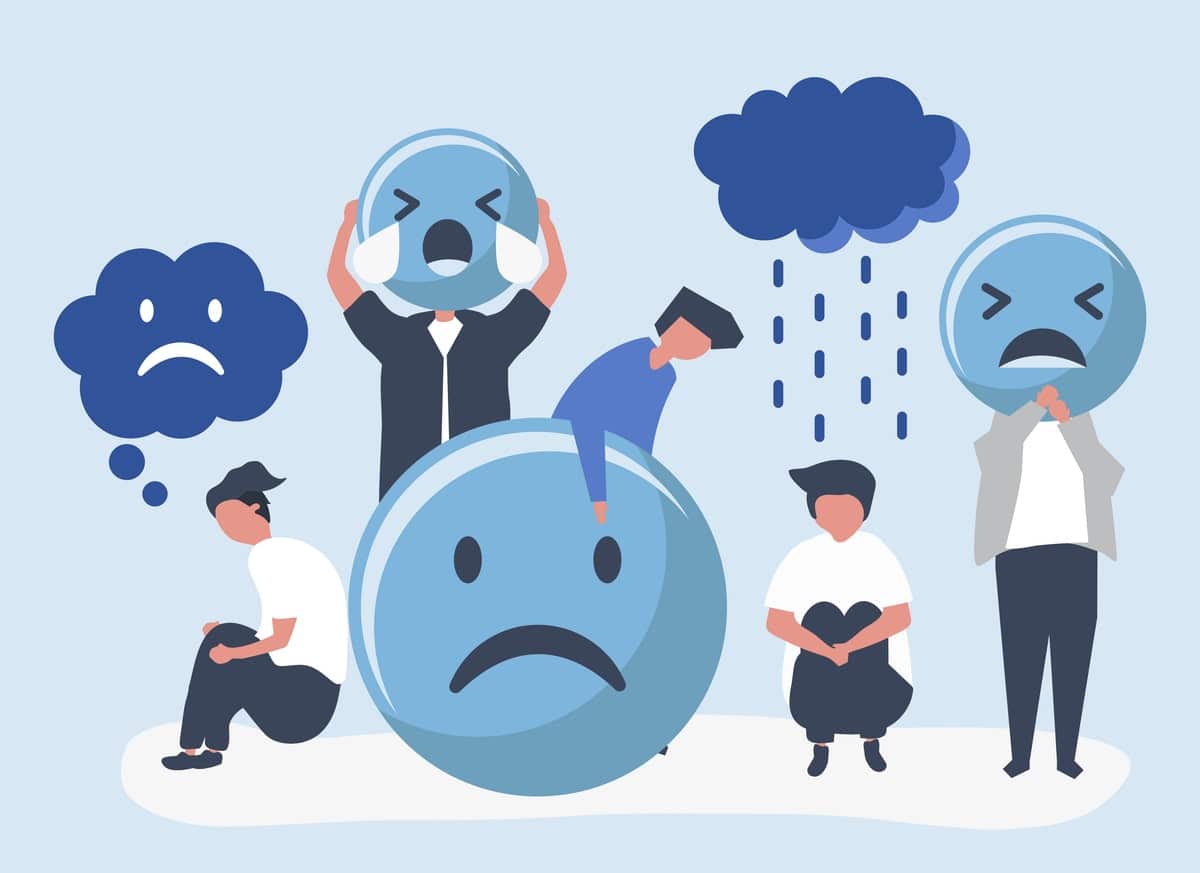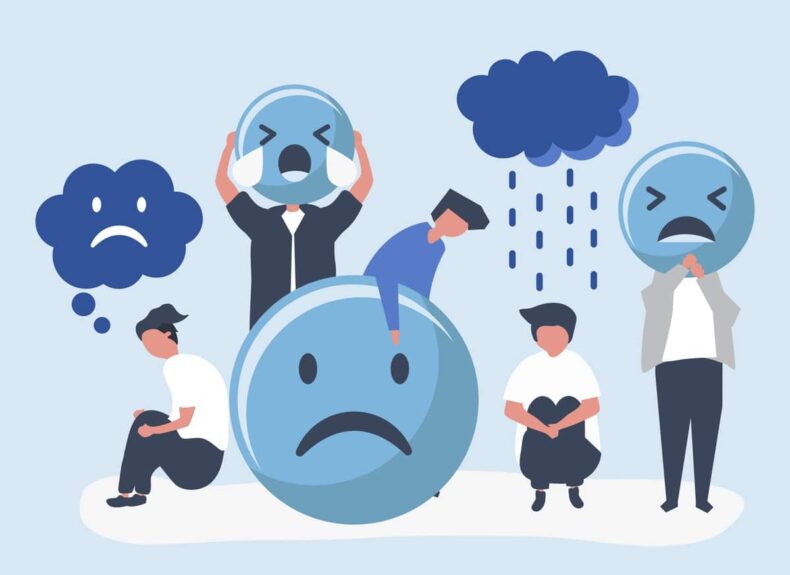Because of the research gains of the past twenty- five years, mood disorders are now being diagnosed and distinguished with greater precision, with more knowledge about their breadth and course, and with greater awareness of possible contributing factors.

Researchers have identified several factors that are densely tied to unipolar patterns of depression, including a reduction in positive reinforcements, a percep non of helplessness, negative ways of thinking, interpersonal problems, biological abnormalities, and, in some cases, life stresses such as the loss of a loved one Precisely how these factors relate to unipolar depres son is not yet clear Any of several relationships are possible:

1. One of these factors may indeed be the key cause of unipolar depression.
2.Any of the leading factors may be capable of initiat ing unipolar depression. Some people may, for example, begin with low serotonin activity, which could predispose them to react helplessly in stress- ful situations, interpret events negatively, and enjoy fewer pleasures in life. Others may begin by experi encing a severe loss that sets off helplessness reactions, low serotonin activity, and reductions in positive reinforcements.
3. An interaction between two or more factors may be necessary to produce unipolar depression. Perhaps people will become depressed only if they have low levels of serotonin activity, feel helpless to control their reinforcements, and repeatedly blame themselves for negative events.
4.The various factors may play different roles in polar depression. Some may cause the disorder and some may help maintain it.

Also during the past twenty-five years, unipolar depression has become one of the most treatable of all mental disorders. Indeed, it may respond to any of several approaches Researchers have uncovered the following trends:
1 Cognitive, interpersonal, and biological therapies are each highly effective treatments for unipolar depression, from mild to severe (Elkin, 1994, Hollon et al., 1992). Each approach brings significant improvement to around 60 percent of clients in treatment.
2. Behavioural therapy is more helpful than no treatment but less effective than cognitive interpersonal, or biological therapy. Also, behavioural ther apy is less helpful to those who are severely depressed than those with mild or moderate levels of depression.
3. Psychodynamic therapies are less effective in treating all levels of unipolar depression than these other therapies.
4. A combination of psychotherapy (usually cognitive or interpersonal) and drug therapy is modestly more helpful to depressed people than either treatment alone.

Clinicians and researchers have also learned much about the causes of and treatments for bipolar disor ders during the past twenty-five years. But, unlike stress- unipolar depression. bipolar disorders appear to be best explained by and treated with one kind of vari Experi- able-biological. The evidence suggests biological abnormalities. Perhaps inherited and perhaps post- precipitated by life stress, cause bipolar disorders. Moreover, the choice of treatment for these disorders is narrow and simple-lithium (or a similar drug). perhaps perhaps combined with psychotherapy.
There is no question that the present situation holds great promise both for people with unipolar depressed hem- sion and for those with bipolar disorders. On the other hand, the sobering fact remains that as many as 40 percent of people with a mood disorder do not improve under treatment and must suffer their mania or depression until it runs its course. For these individu als and for those close to them. It is imperative that clinical scientists uncover further pieces of the puzzle called mood disorders and develop even better ways to predict, prevent, and treat them.

read more : Mental Health Insurance is mandatory under the Mental Health Act of 2017













